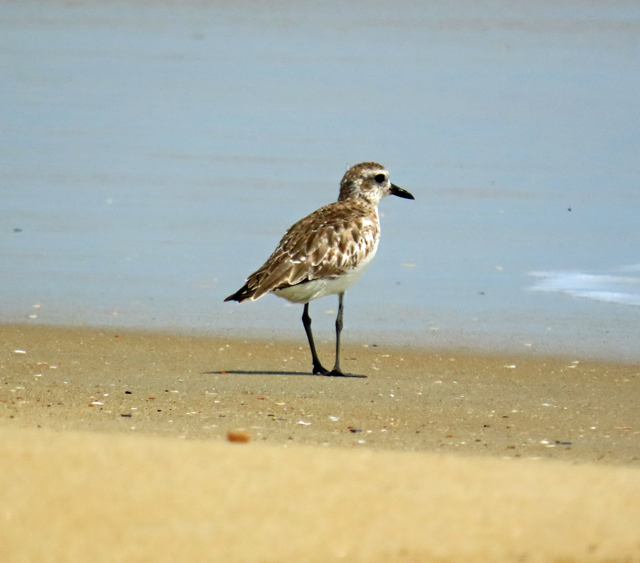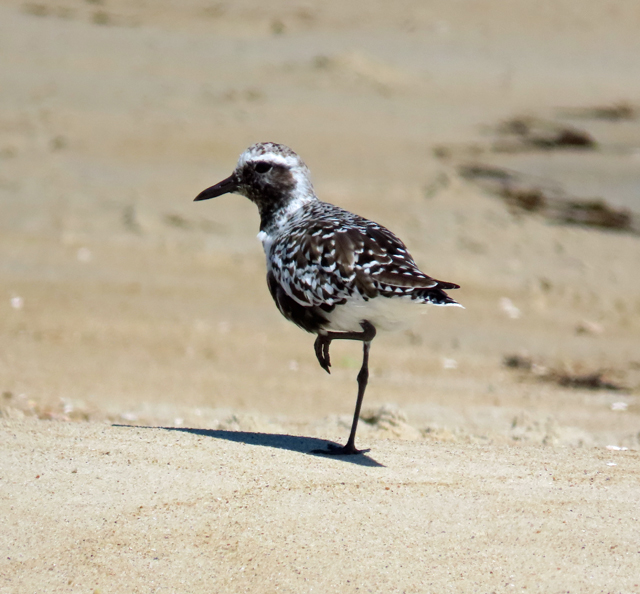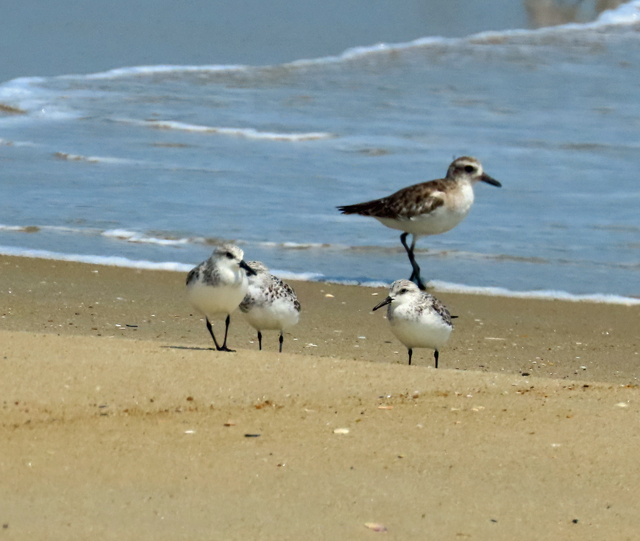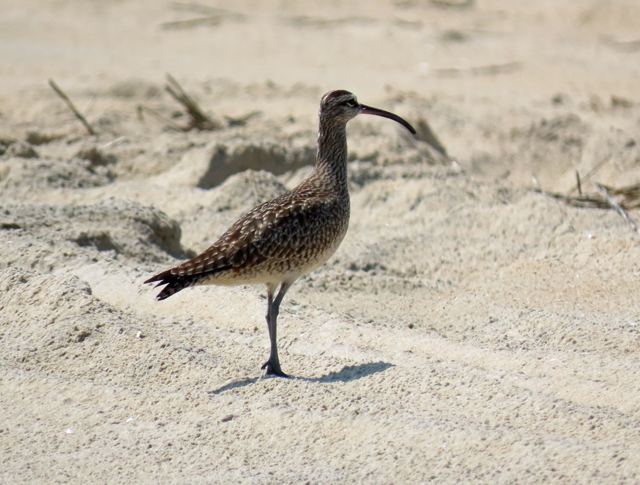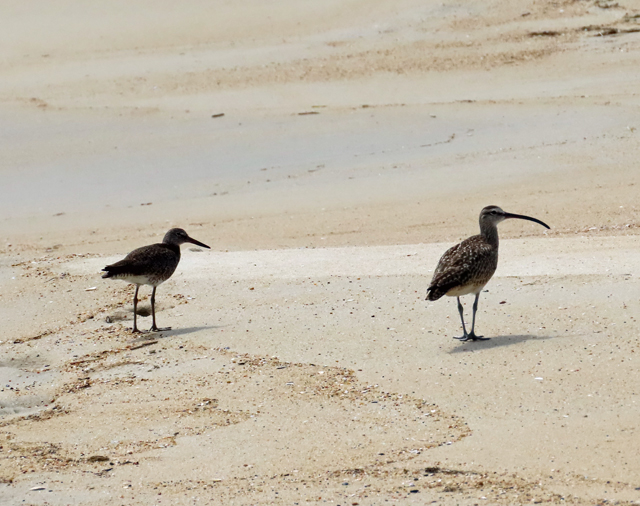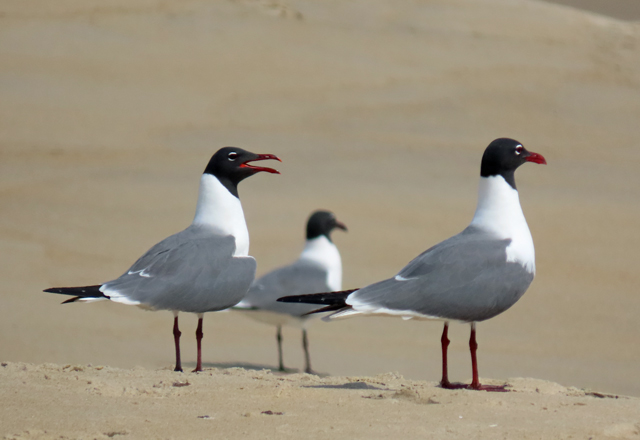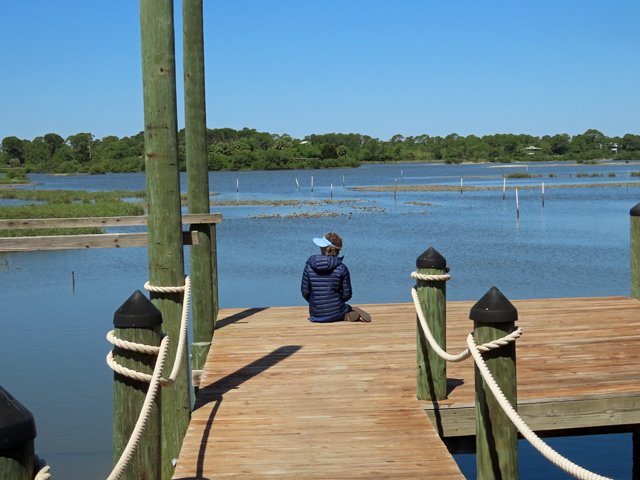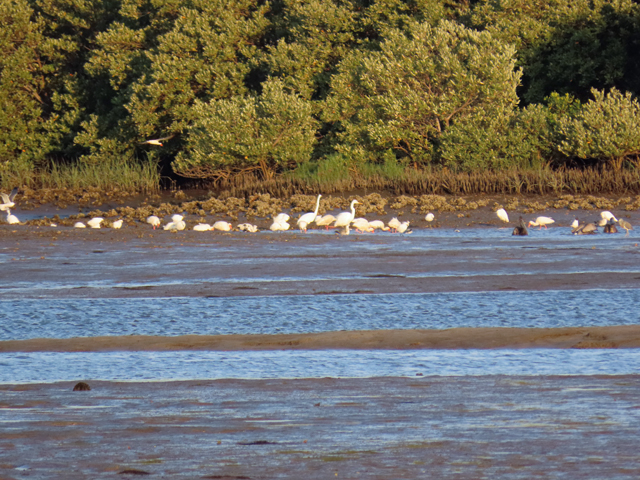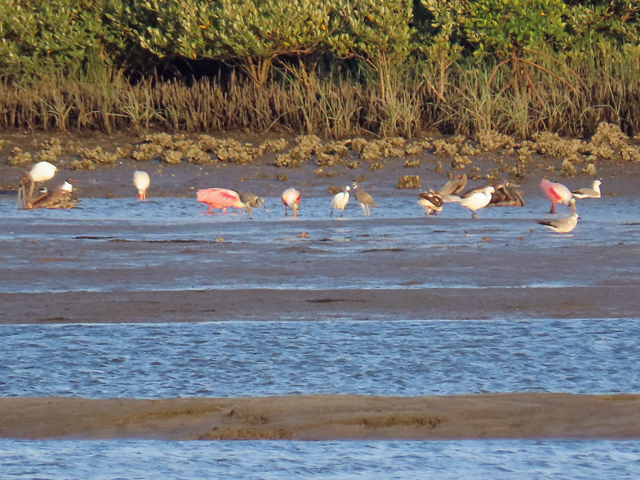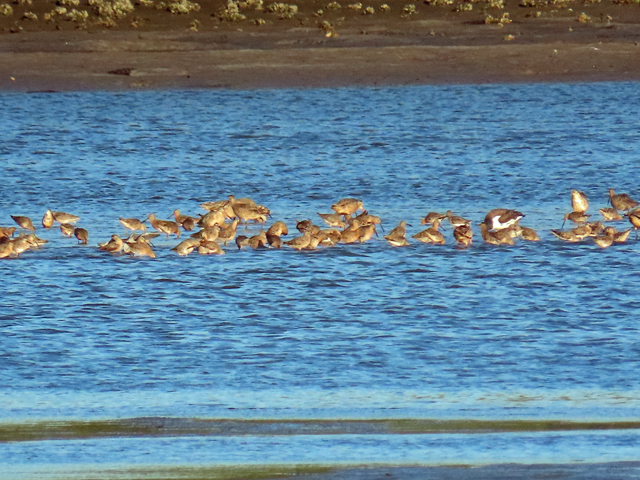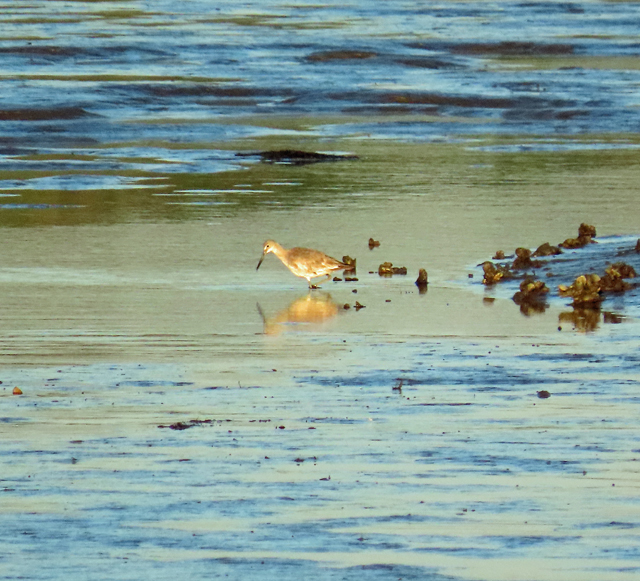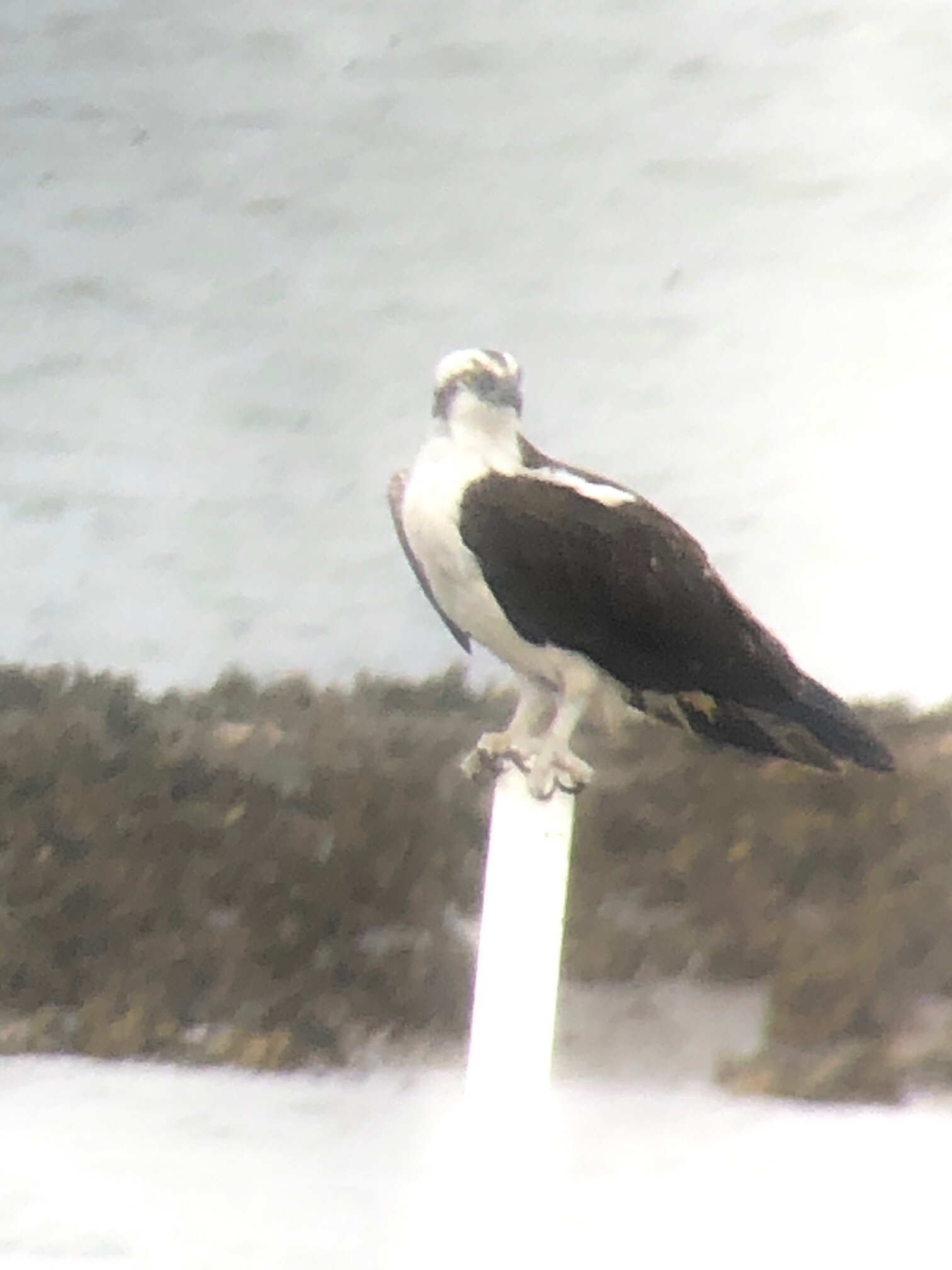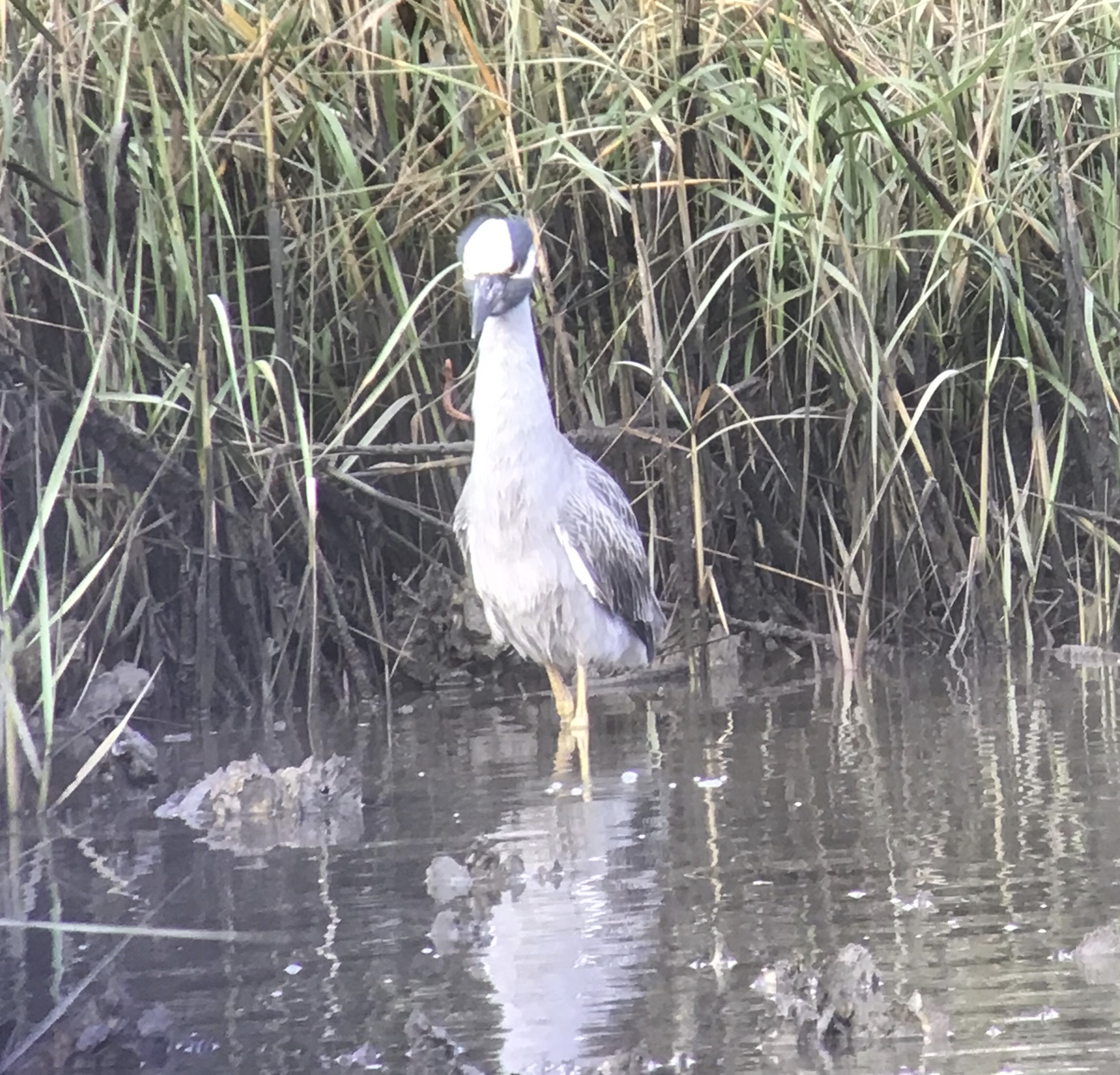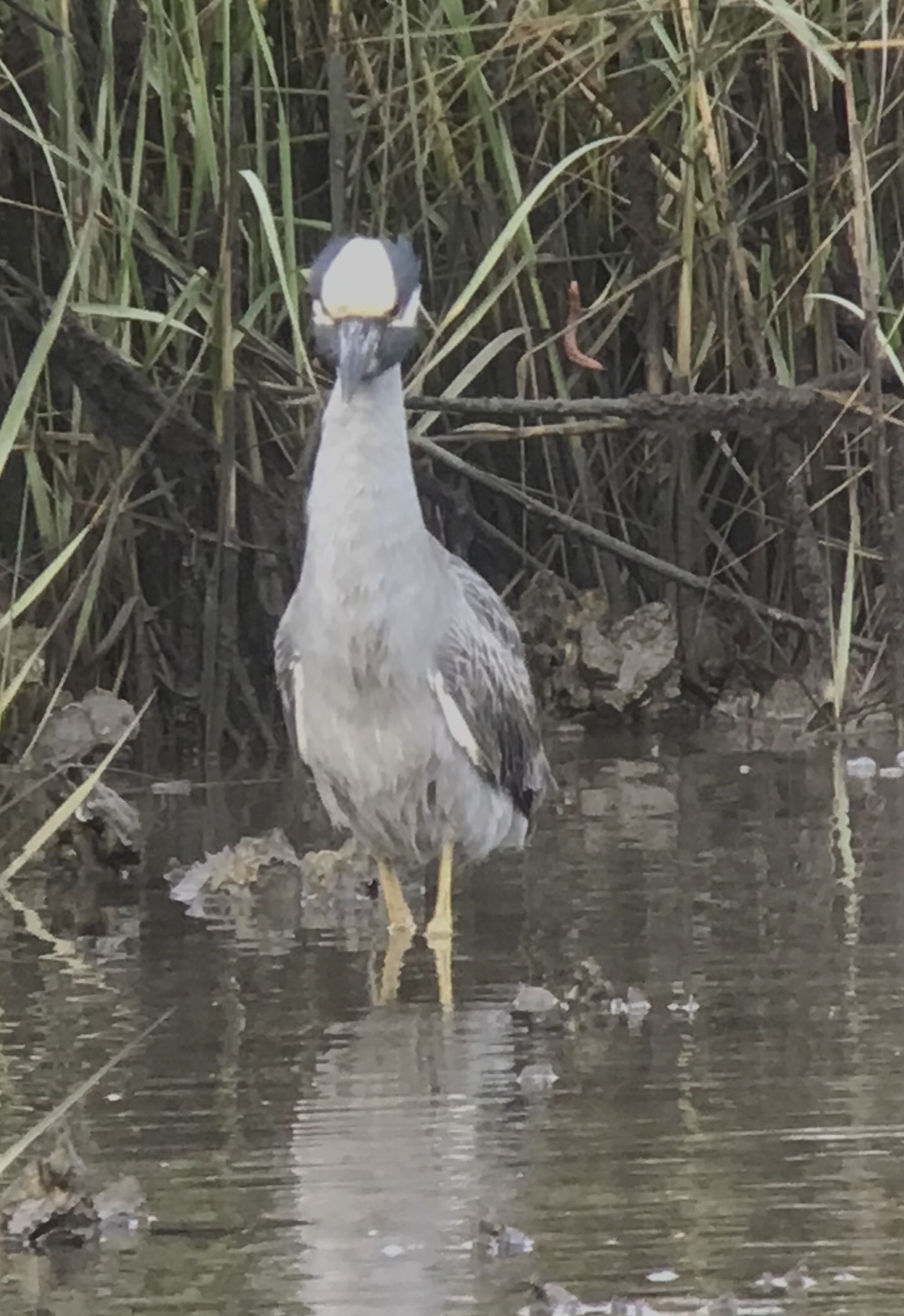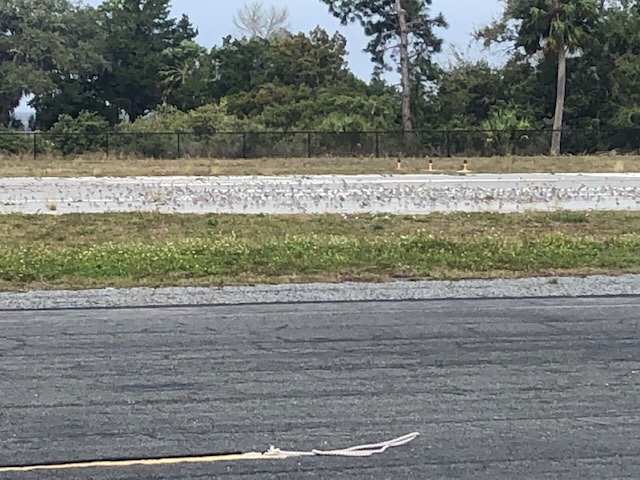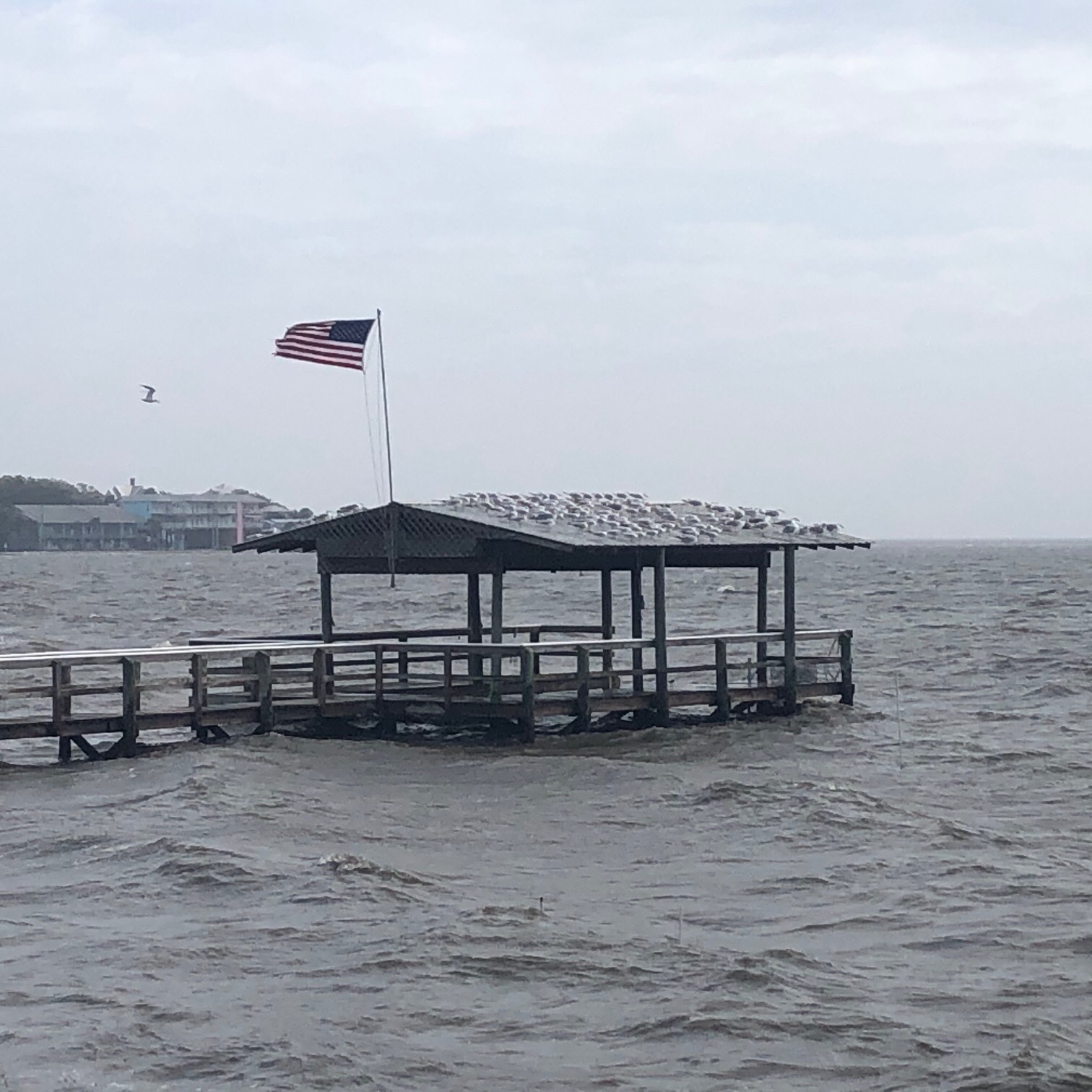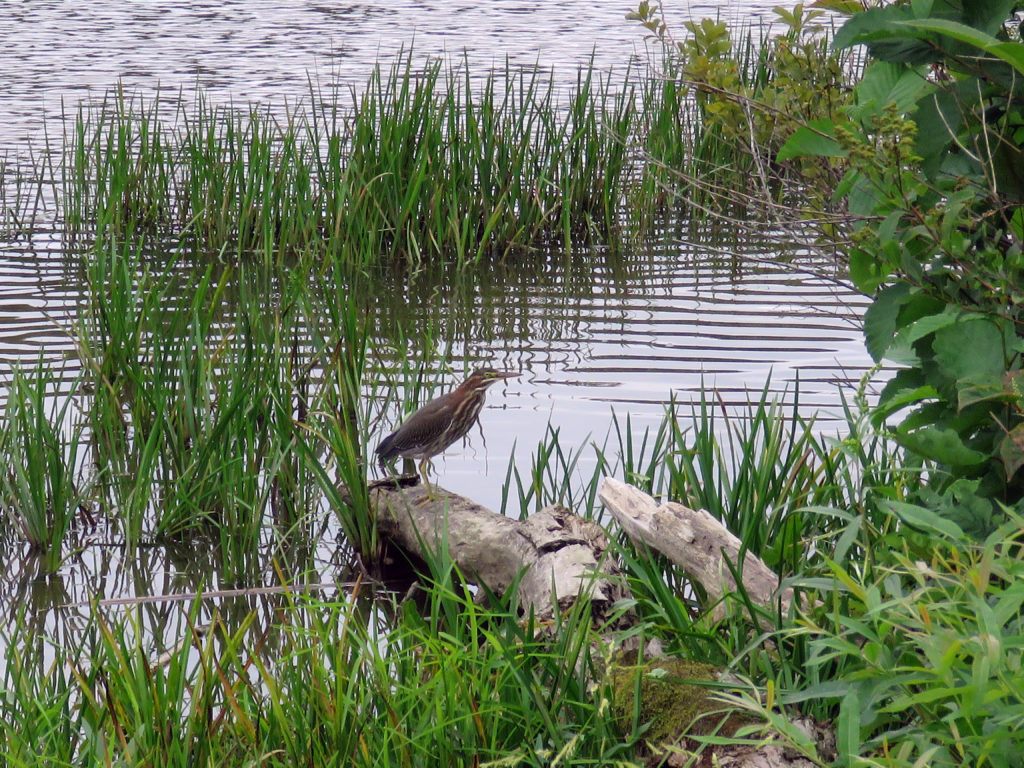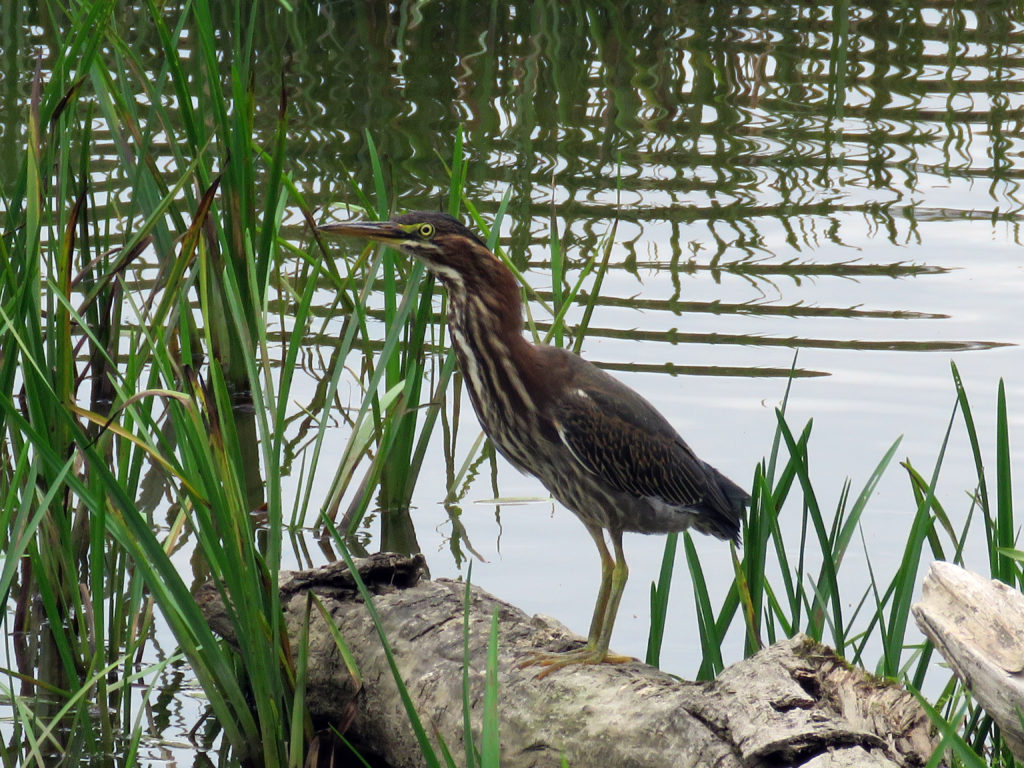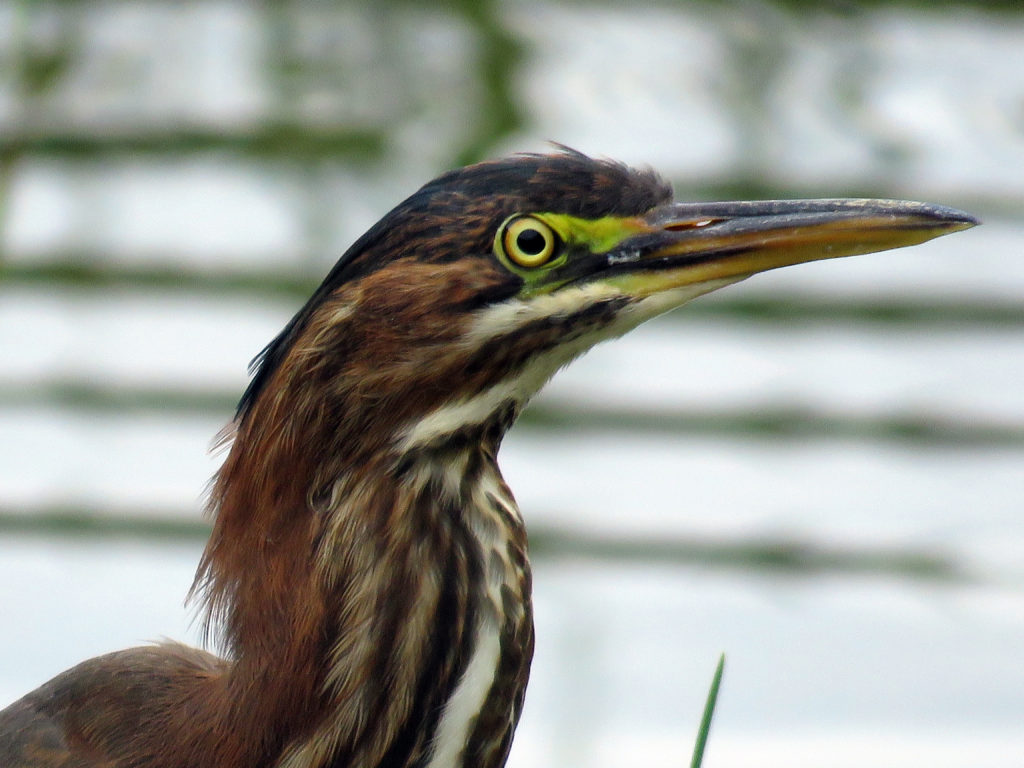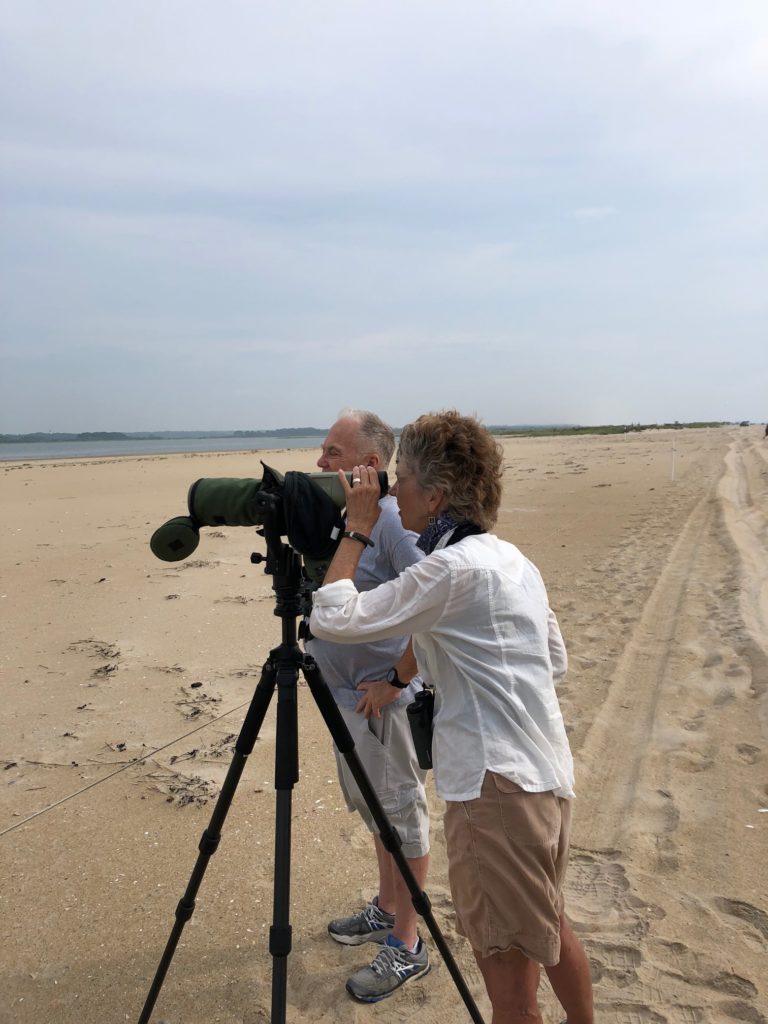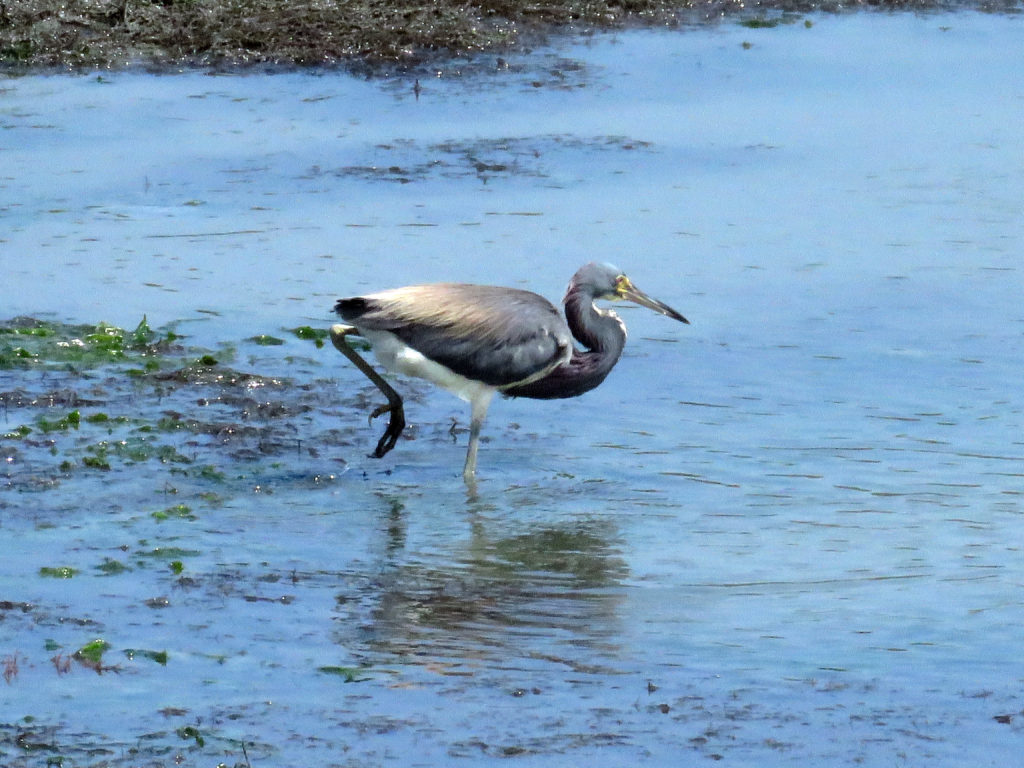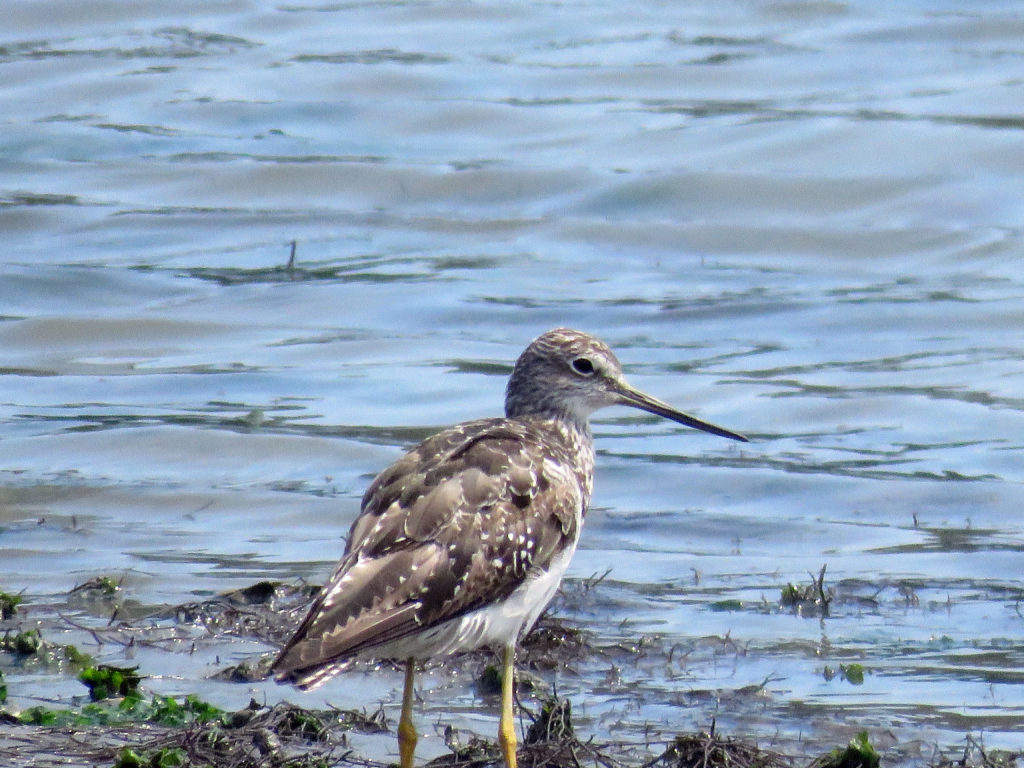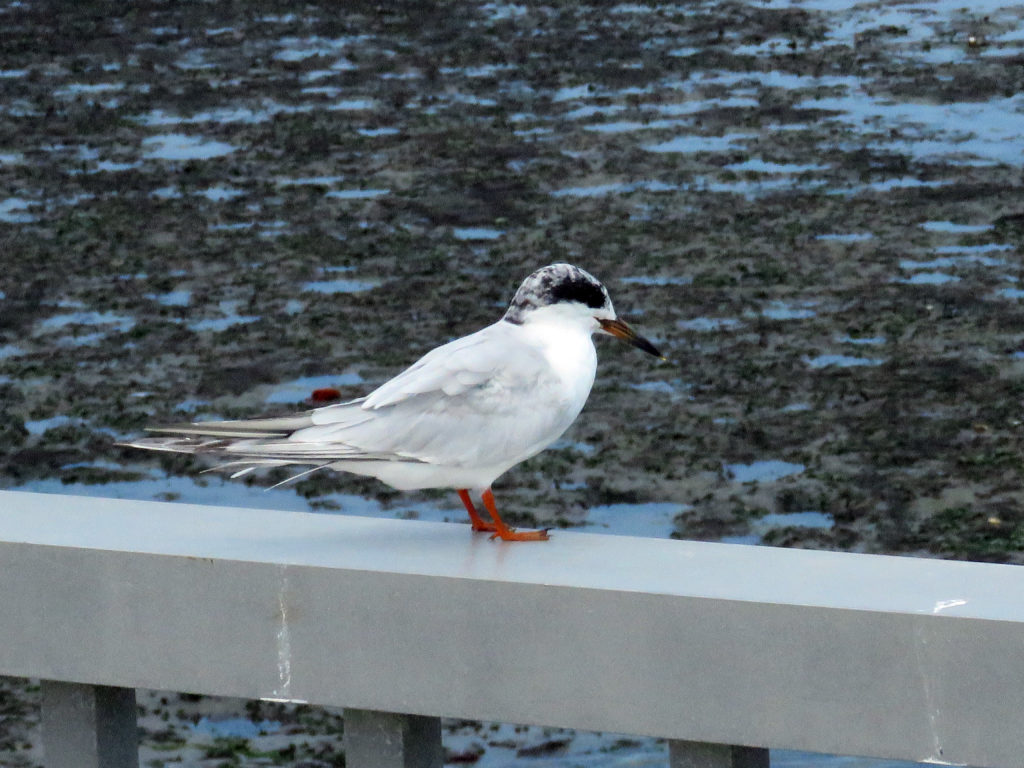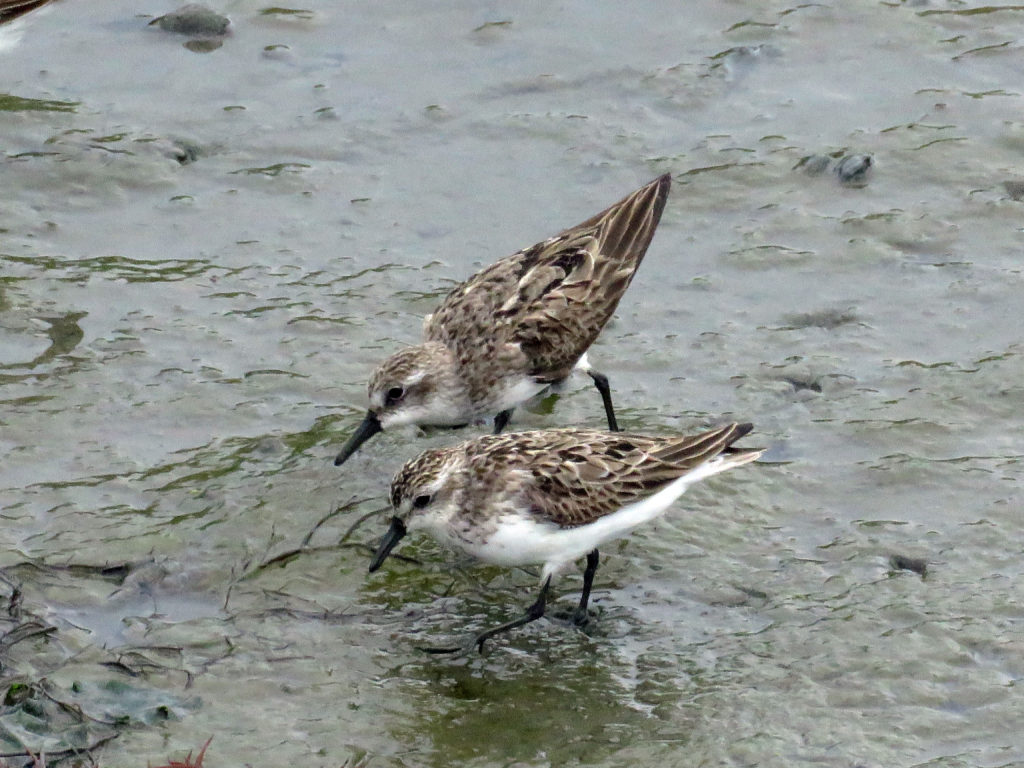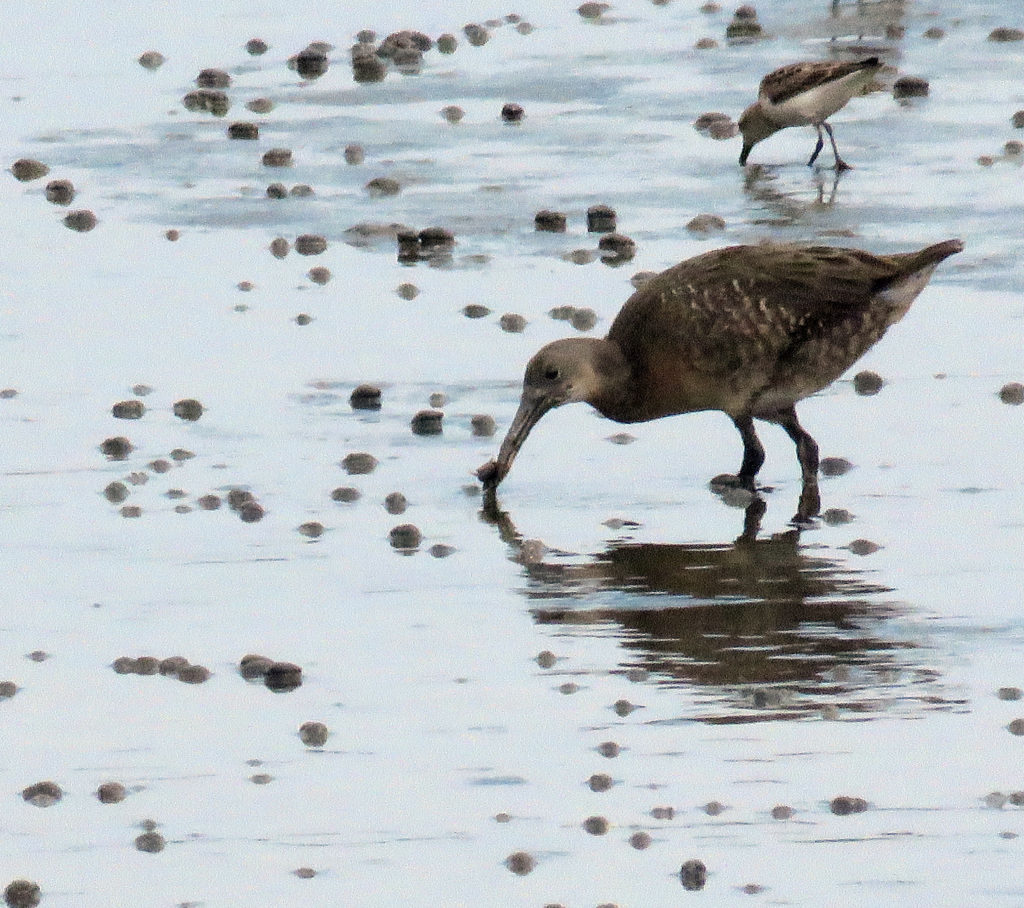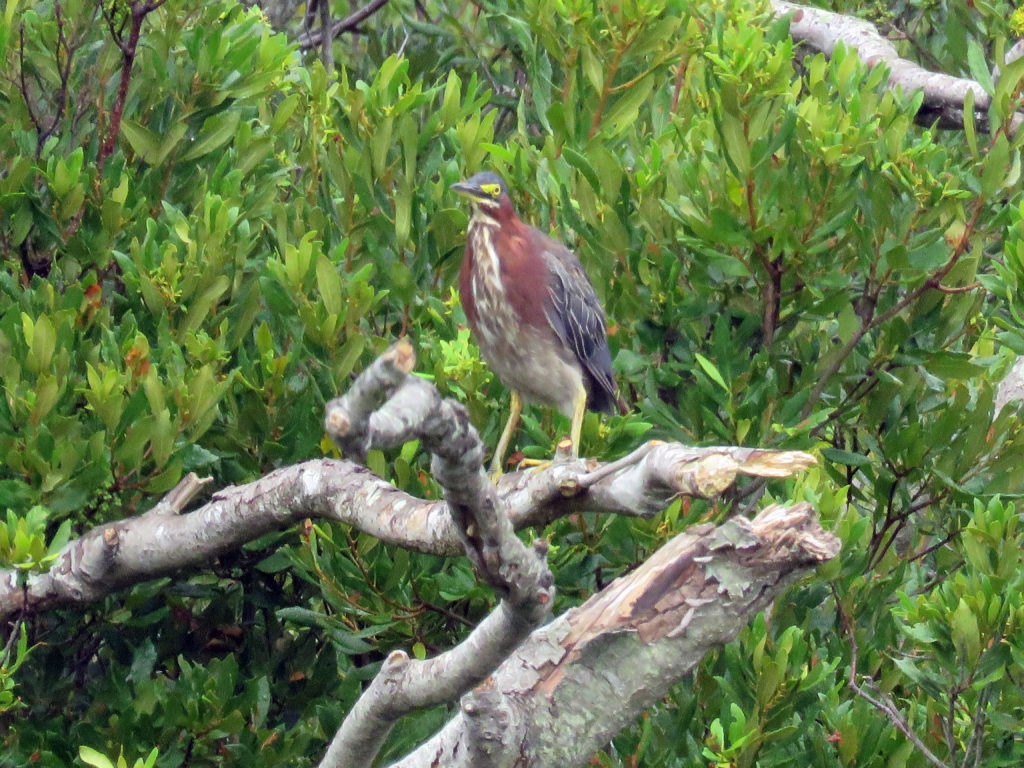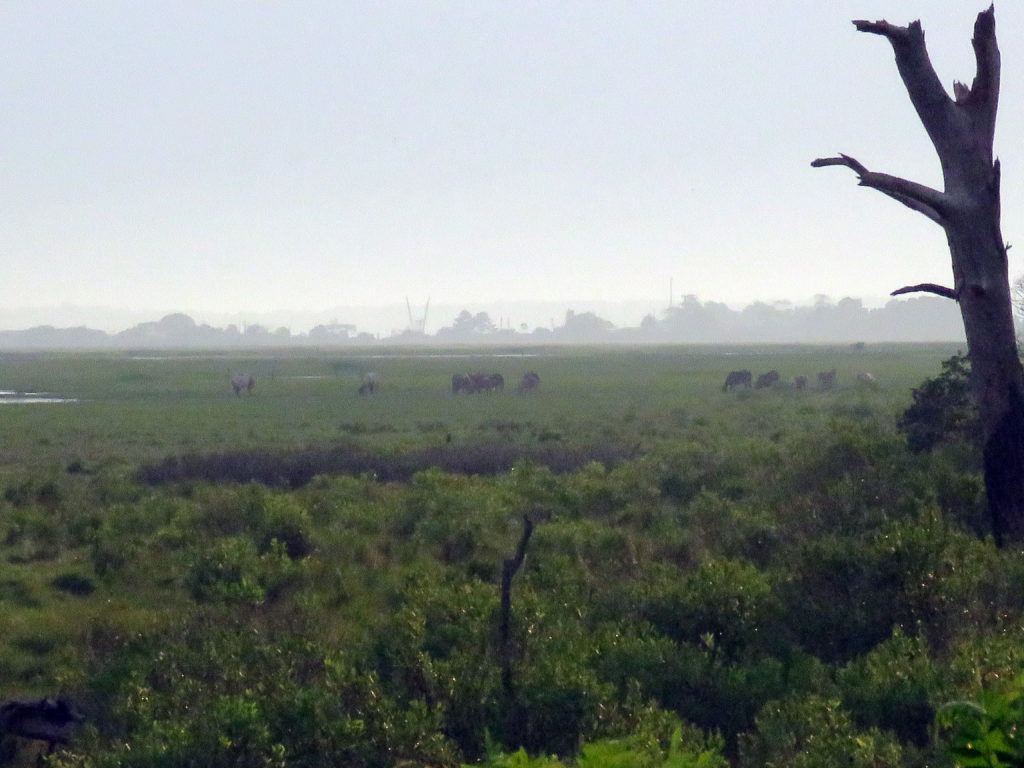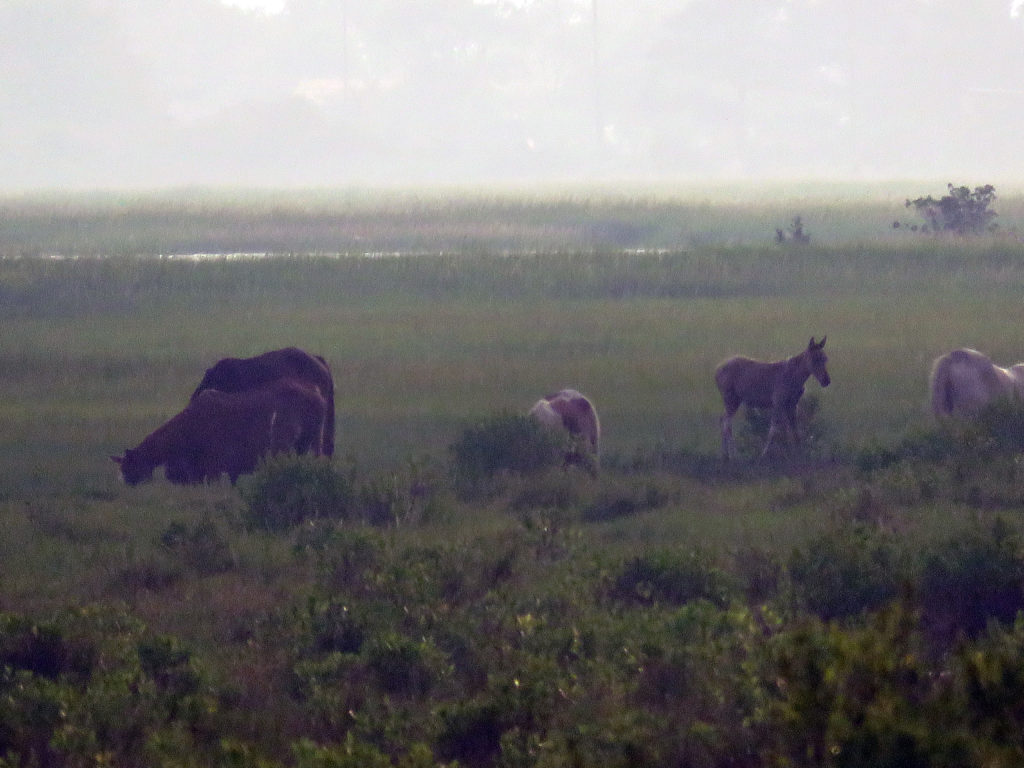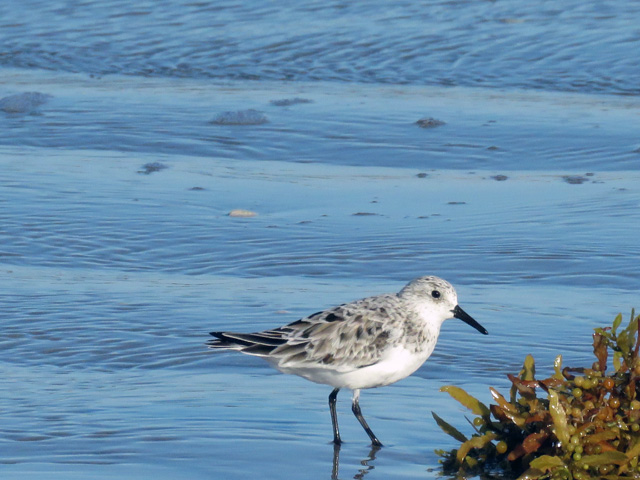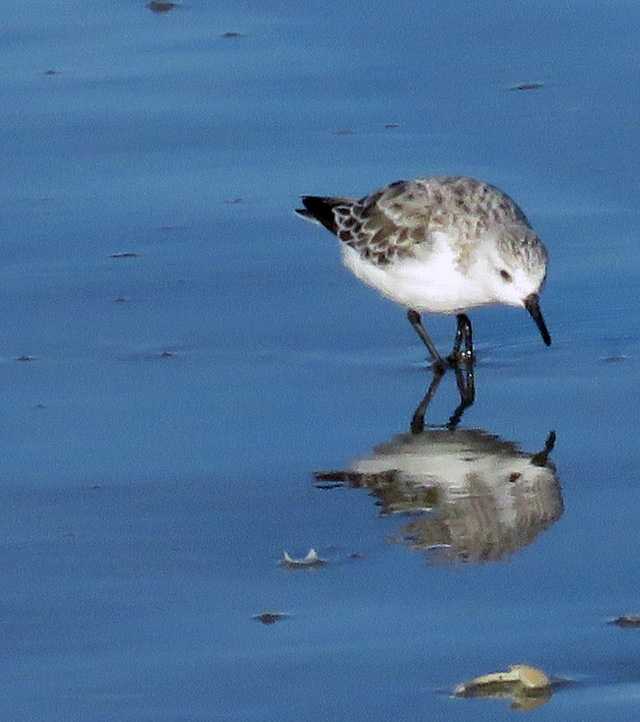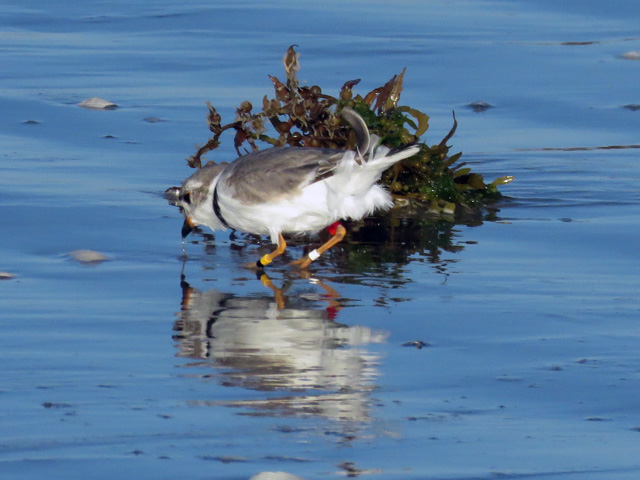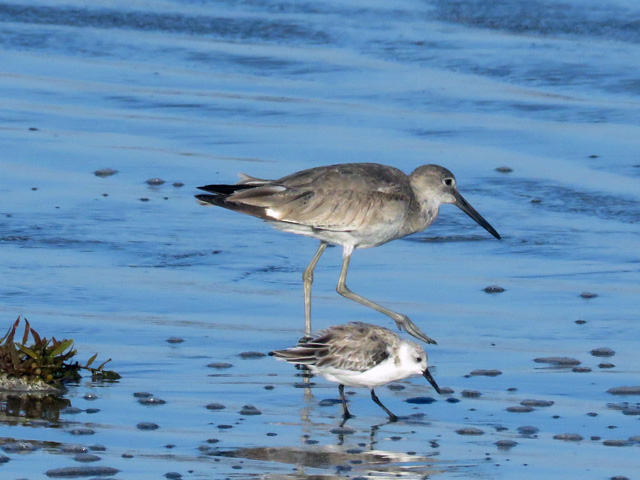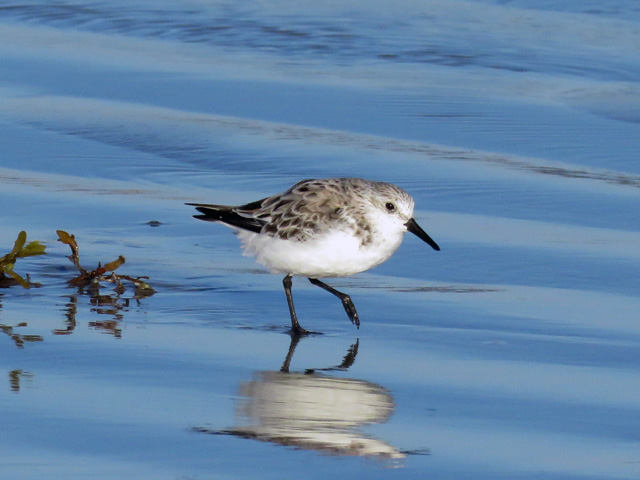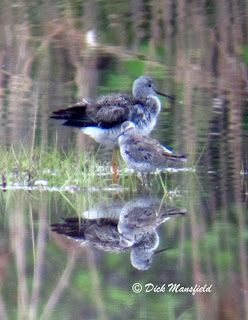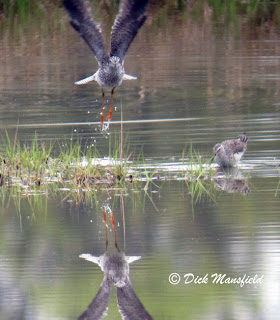Vermont is in the midst of the wettest May on record and while it is a problem for farmers and owners of low-lying camps, it is a boon for birders. It’s created a shorebird season.
I got this email last night from one of my friends at North Branch Nature Center: “Spread the word amongst fellow WaCo birders, its shorebird season! Along a short stretch of River Rd. between Montpelier and Middlesex (near where the Hawk Owl was seen) I had 1 Greater Yellowlegs, 2 Lesser Yellowlegs, and a Solitary Sandpiper in the flooded fields. It may be worth taking some time to scan some of these fields… when they dry up, so will our county’s shorebird habitat! Good birding, Larry”
 |
| Solitary Sandpiper (l) and Greater Yellowlegs |
This morning, a followup email from the center’s director reported five sandpiper species. I went to check it out. A large cornfield off River Road in Middlesex has standing water and ducks, geese, and sandpipers.
The birds tend to blend into the stubble and I could have used another set of eyes but I managed to see a Spotted Sandpiper, Solitary Sandpiper, several Greater and Lesser Yellowlegs, a Killdeer, and a Common Merganser which came in for a nice landing right in front of me. Mallards and Canada Geese were there as well.
 |
| Common Merganser |
I took some digiscoped photos which are not great quality — still learning to set up the camera and the scope. It was a great chance to see some birds that don’t normally make it into central Vermont. I did not see the Least Sandpipers reported earlier — either they left or were too tough to spot, even with a scope.
Rain is forecast for the next few days. Time to look for other shorebirds.
